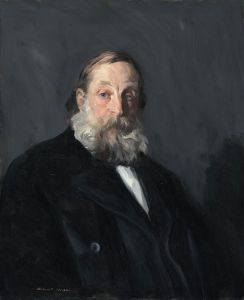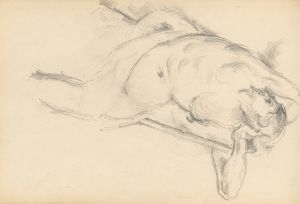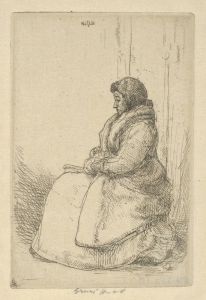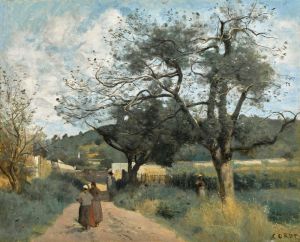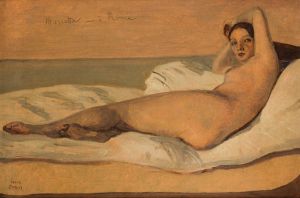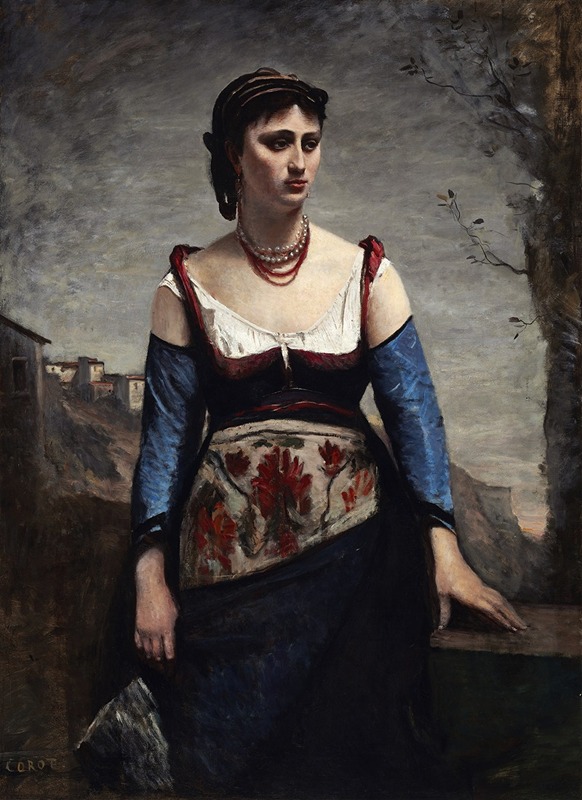
Agostina
A hand-painted replica of Jean-Baptiste-Camille Corot’s masterpiece Agostina, meticulously crafted by professional artists to capture the true essence of the original. Each piece is created with museum-quality canvas and rare mineral pigments, carefully painted by experienced artists with delicate brushstrokes and rich, layered colors to perfectly recreate the texture of the original artwork. Unlike machine-printed reproductions, this hand-painted version brings the painting to life, infused with the artist’s emotions and skill in every stroke. Whether for personal collection or home decoration, it instantly elevates the artistic atmosphere of any space.
Jean-Baptiste-Camille Corot, a pivotal figure in 19th-century French painting, is renowned for his landscapes and portraits that bridge the Neoclassical tradition and the emerging Impressionist movement. One of his notable works is the painting "Agostina," which exemplifies his skill in portraiture and his ability to capture the essence of his subjects with subtlety and depth.
"Agostina" was painted during Corot's travels in Italy, a country that significantly influenced his artistic development. Corot visited Italy multiple times, with his first trip occurring between 1825 and 1828. These journeys allowed him to study the Italian landscape and the works of the Old Masters, which profoundly impacted his style. The painting "Agostina" is believed to have been created during one of these Italian sojourns, although the exact date is not definitively recorded.
The subject of the painting, Agostina, is depicted in traditional Italian attire, which suggests that she may have been a model or a local woman whom Corot encountered during his travels. The painting is characterized by its delicate handling of light and shadow, a hallmark of Corot's technique. He employs a muted color palette, which enhances the serene and contemplative mood of the portrait. The soft brushwork and the gentle transitions between tones reflect Corot's mastery in creating atmospheric effects, a skill that would later influence the Impressionists.
Corot's approach to portraiture, as seen in "Agostina," often involved a focus on the inner life of his subjects. Rather than merely capturing their physical likeness, he sought to convey their personality and mood. In "Agostina," this is achieved through the subject's calm expression and the thoughtful composition of the painting. The background is kept simple, ensuring that the viewer's attention remains on Agostina herself.
The painting is also notable for its composition, which demonstrates Corot's understanding of balance and harmony. Agostina is positioned slightly off-center, creating a dynamic yet stable arrangement. This compositional choice, combined with the subtle interplay of light and shadow, gives the painting a timeless quality.
"Agostina" is housed in the Louvre Museum in Paris, where it is part of a significant collection of Corot's works. The painting is an excellent example of Corot's contribution to the development of modern art, showcasing his ability to blend traditional techniques with a more modern sensibility. His influence on later artists, particularly the Impressionists, is well-documented, and "Agostina" serves as a testament to his enduring legacy in the art world.
In summary, "Agostina" by Jean-Baptiste-Camille Corot is a masterful portrait that captures the essence of its subject with elegance and subtlety. Through his expert use of light, composition, and color, Corot creates a work that is both intimate and universal, reflecting his unique position in the history of art as a bridge between classical traditions and modern innovations.







